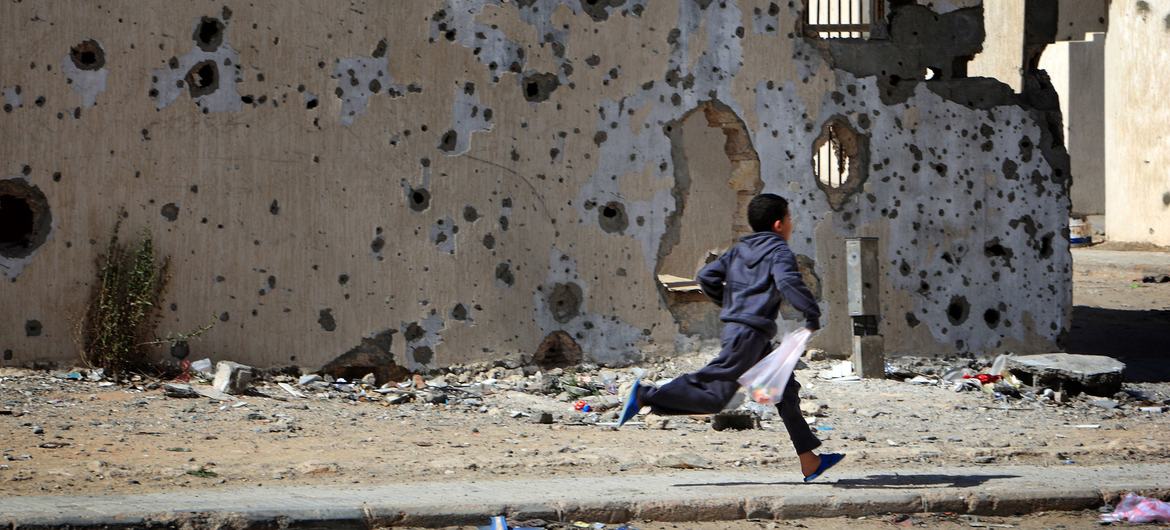
Published 09/04/2024 14:42
The United Nations Children’s Fund (Unicef) released figures, this Tuesday (9), that give the dimension of the alarming situation in the Gaza Strip. According to the UN entity, since the beginning of the war, which completed six months last Sunday, there have been more than 32 thousand deaths between Gaza and the West Bank, Palestinian territories, 13 thousand of which are children.
The unprecedented situation also injured 74 thousand people and displaced 1.7 million (850 thousand children), which represents 80% of the population in Gaza.
Read more: Six months of war: Under pressure, Israel reduces troops in southern Gaza
Furthermore, 84% of health facilities were rendered useless by the attacks, which claimed the lives of at least 170 UN team members.
Unicef also indicates that Israel was responsible for destroying 386 schools in the Gaza Strip, which took 625,000 students out of classrooms and placed them as refugees within its own territory.
Fome
Not counting the consequences of the attacks, the Palestinians still have to deal with malnutrition, since Israel uses hunger as an instrument of war.
On Tuesday, the spokesman for the UN Office for the Coordination of Humanitarian Affairs, Jens Laerke, said that food convoys heading to northern Gaza are “three times more likely to be denied than any other humanitarian convoy with other types of material”. In other words, food aid is three times more likely to be denied by Israel.
The UN works with figures from the United Nations World Food Programme, based on the IPC report (in Portuguese Integrated Food Security Phase Classification), which indicates that hunger could reach 1.1 million people in Gaza between the second fortnight March and the first half of July. The number refers to half of the population.
Another worrying situation is access to drinking water, as 81% of the population only has access to three liters of water per person, while the minimum standard corresponds to 15 liters. This compromised access to drinking water is responsible for the spread of diseases with an increased risk of infections, especially in children.
Help
In the balance, the UN agency reveals that, in these six months, it helped more than a million people by facilitating the entry of humanitarian aid. There were 594 trucks and 43 UNICEF charter flights in Gaza.
According to the entity, nutritional supplements were distributed to 36,866 children and 21,000 pregnant women; provided drinking water to more than 1.6 million people; provided medical assistance to 609,785 people; winter clothing was distributed to 160,205 children; in addition to psychosocial, educational and emergency support, as well as recreational activities for 164,000 students and teachers, emergency and child protection services were also provided for 151,802 children and caregivers.
Source: vermelho.org.br

